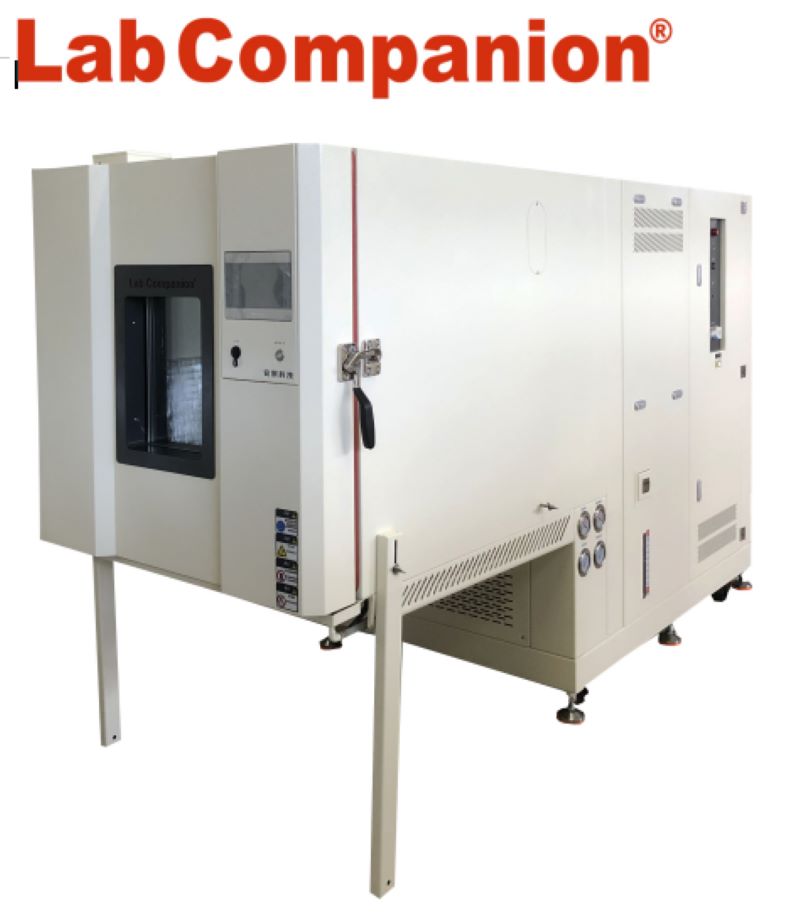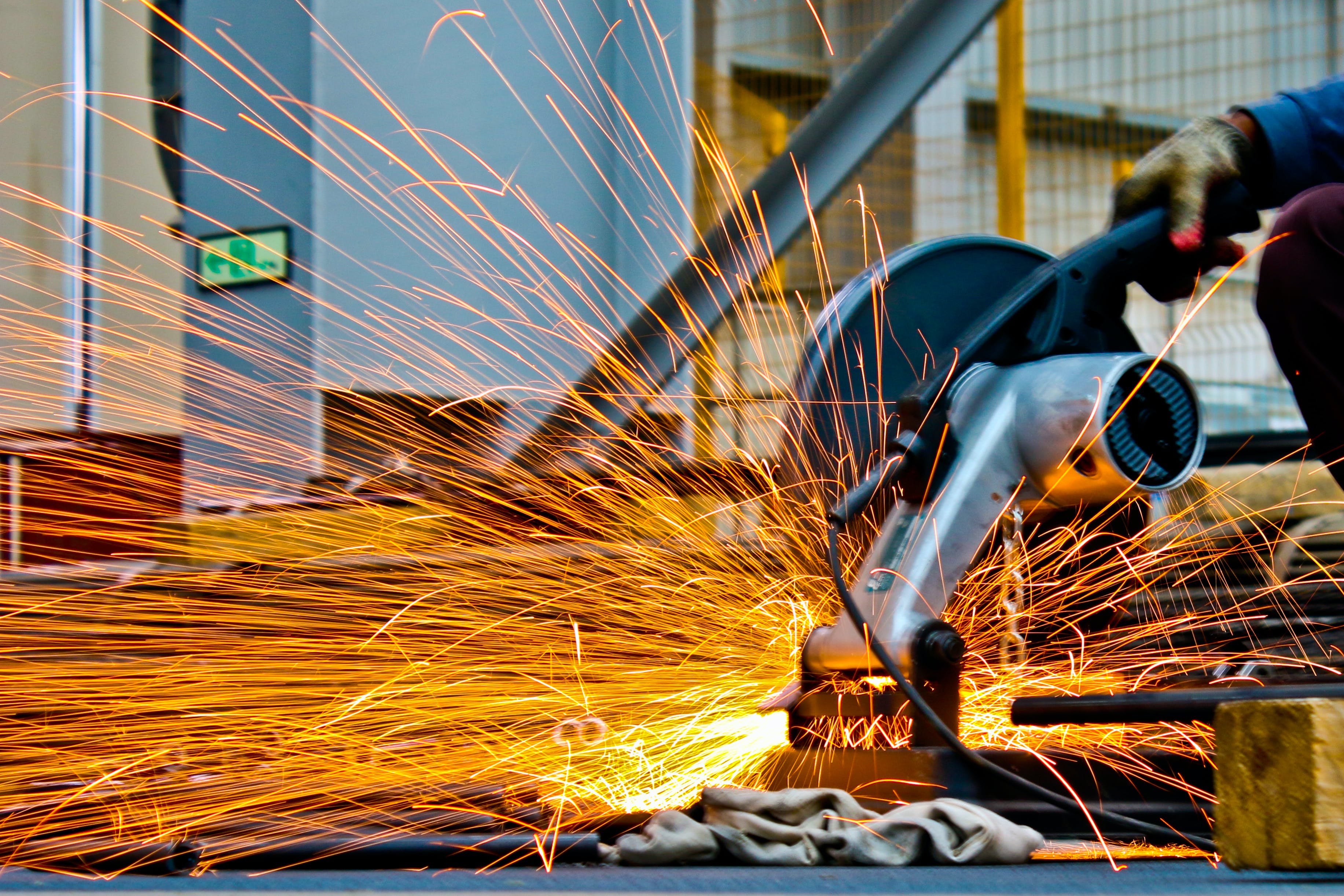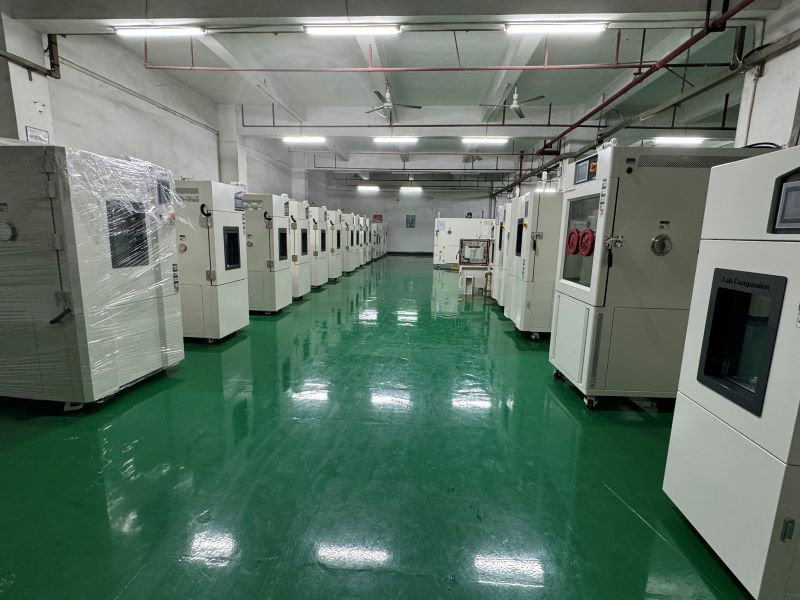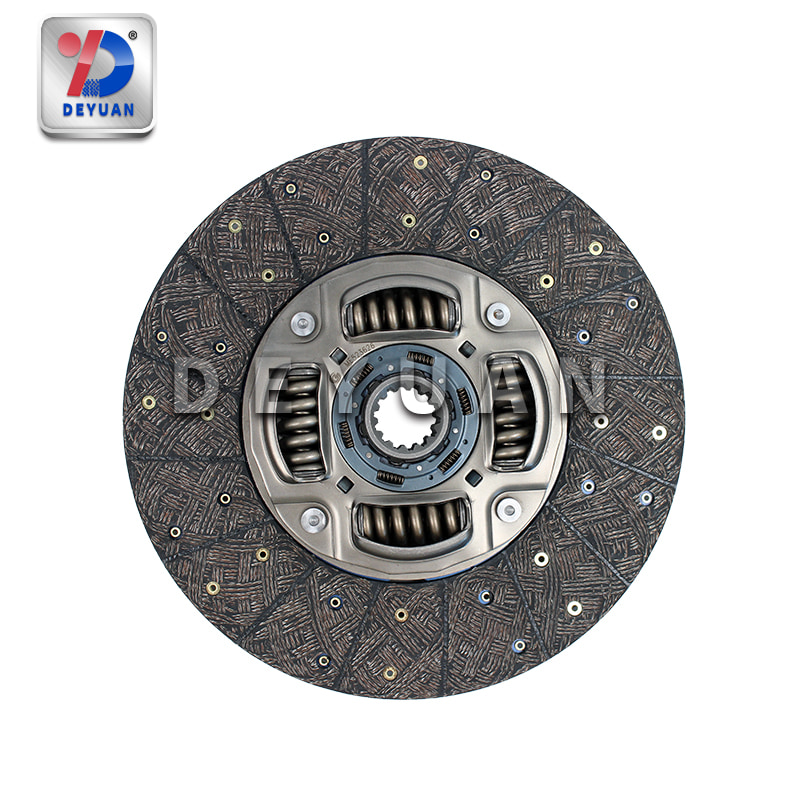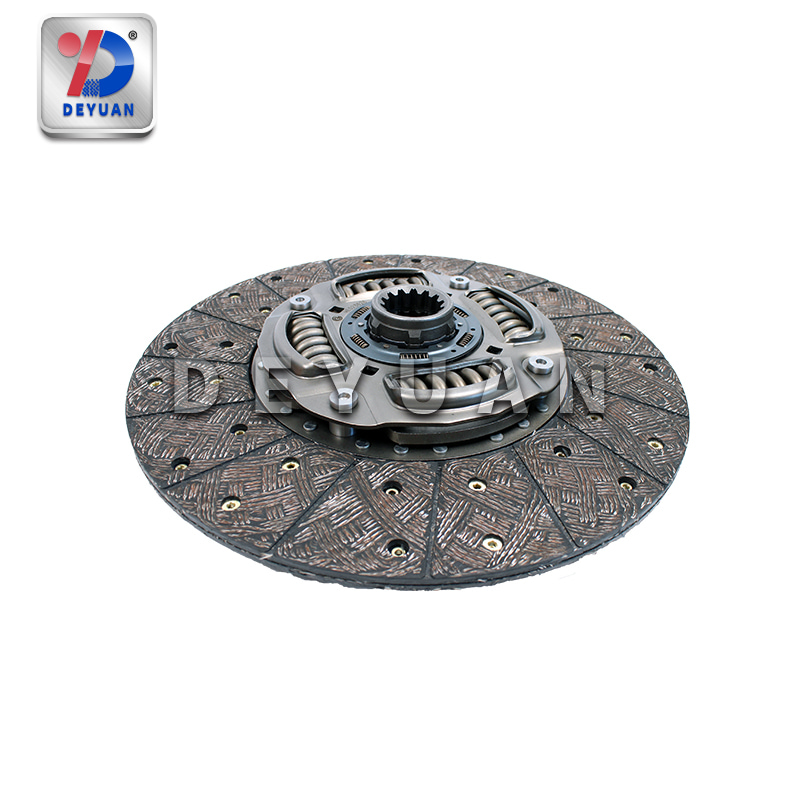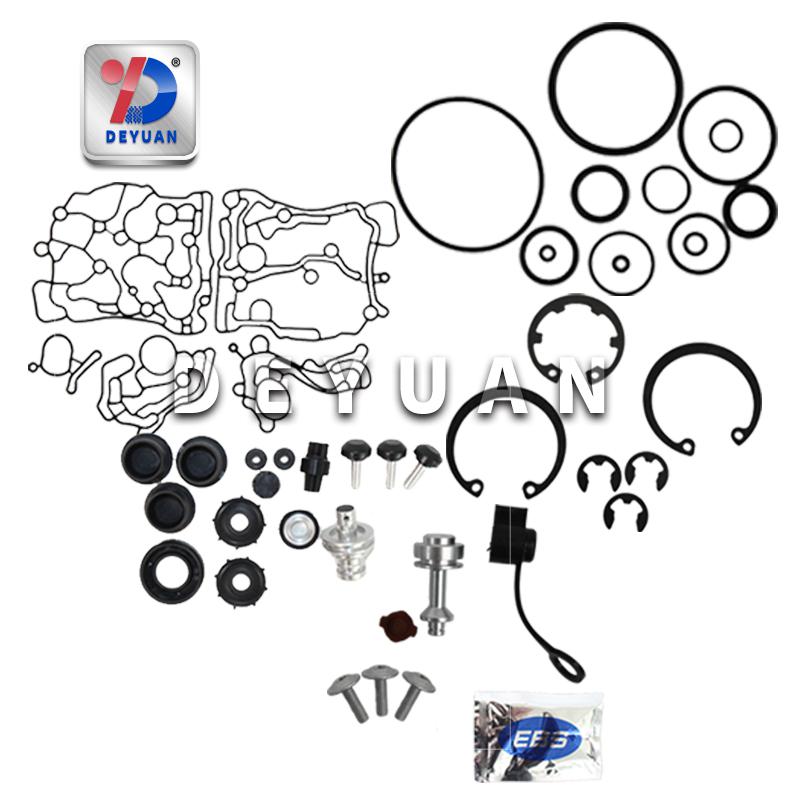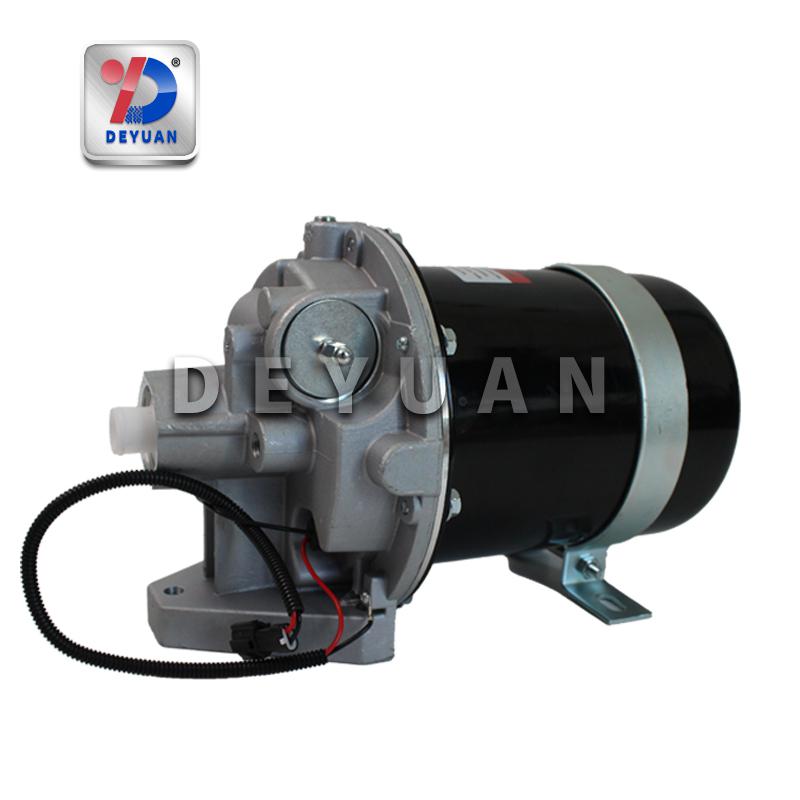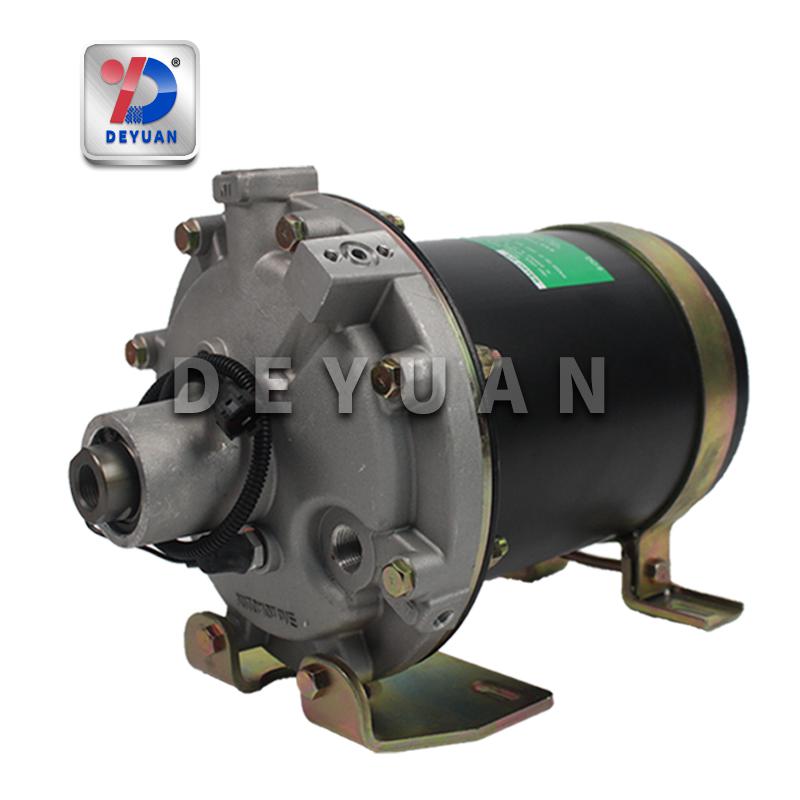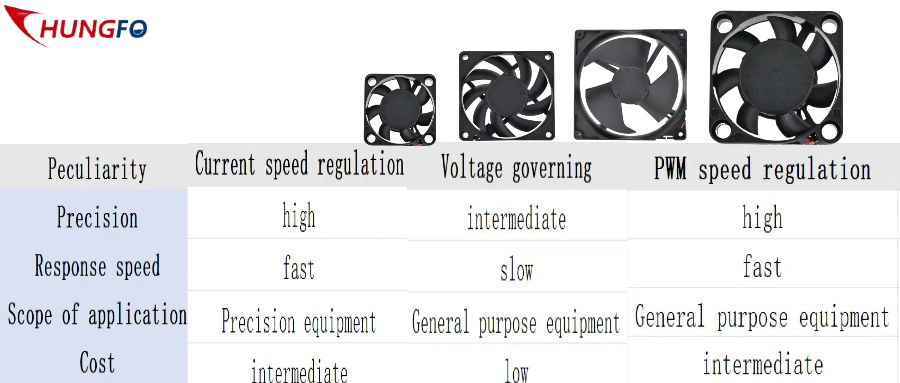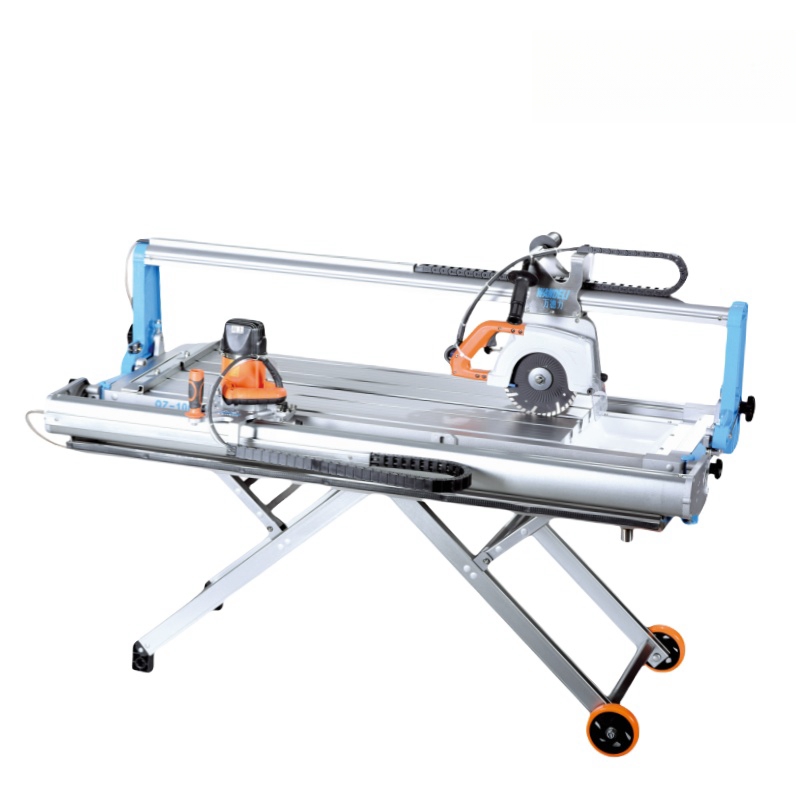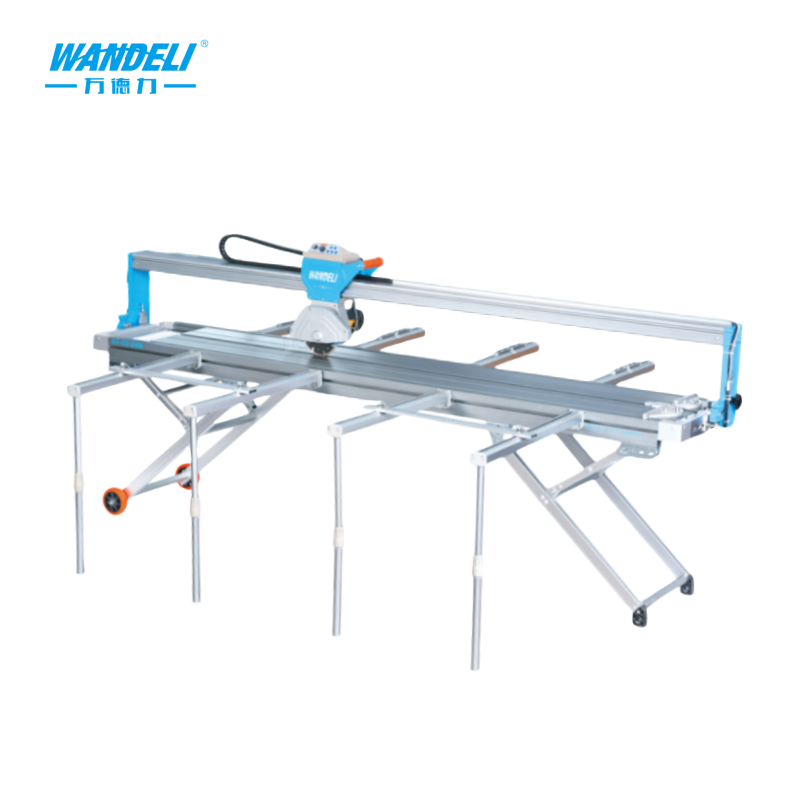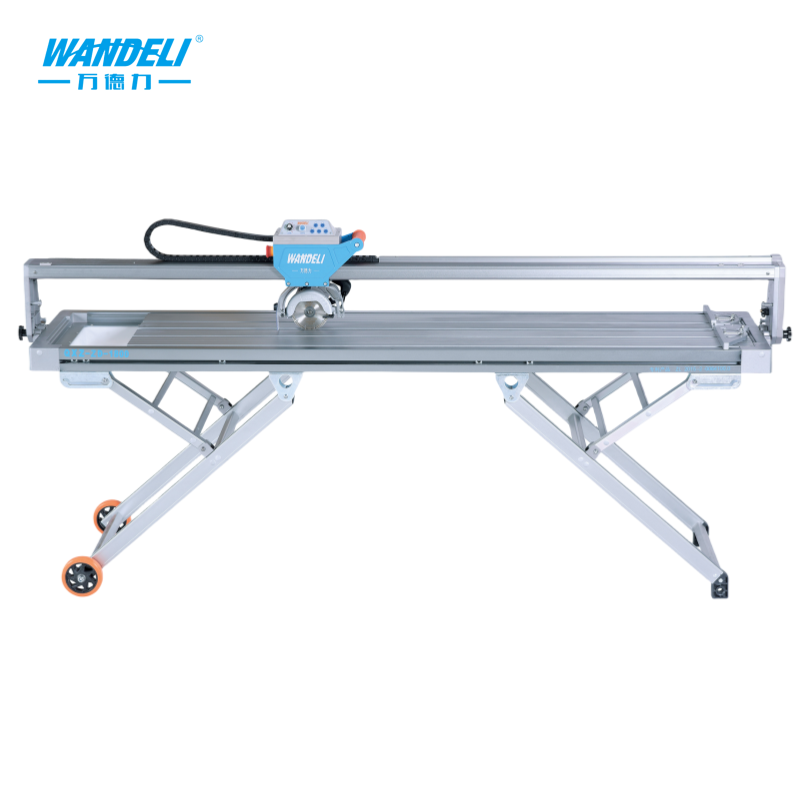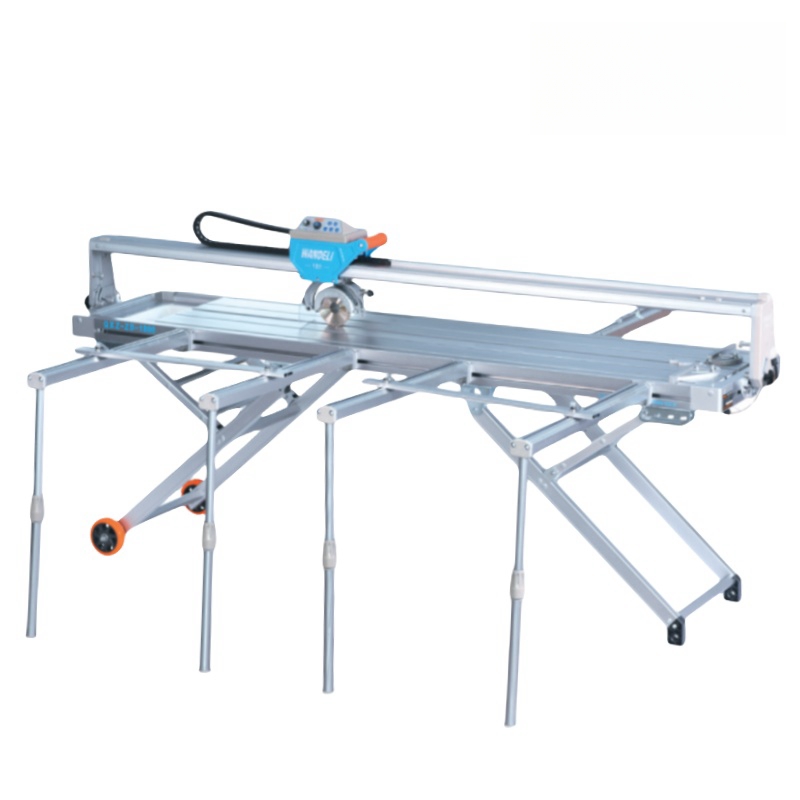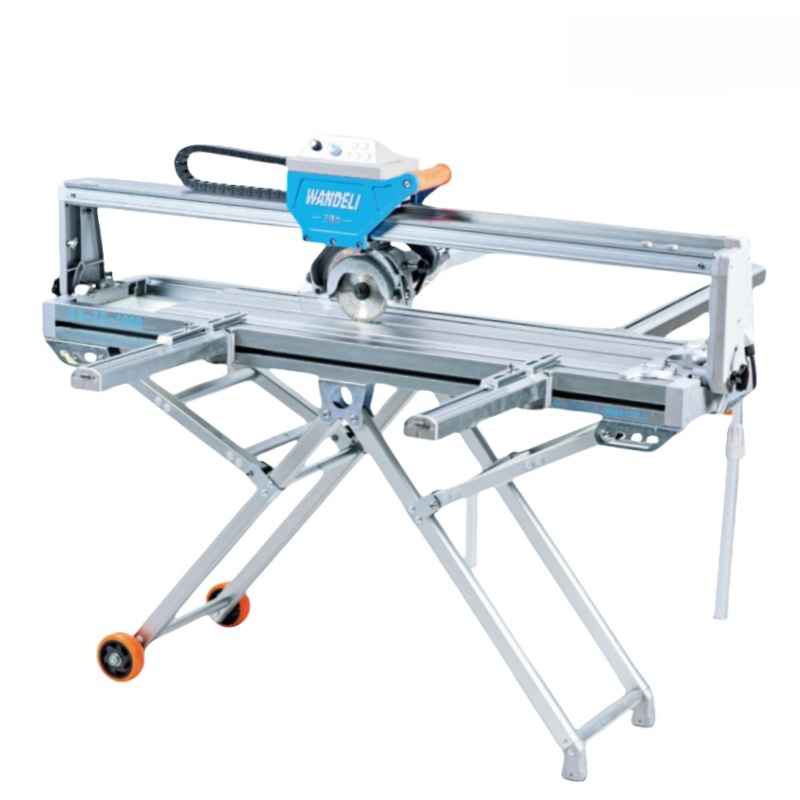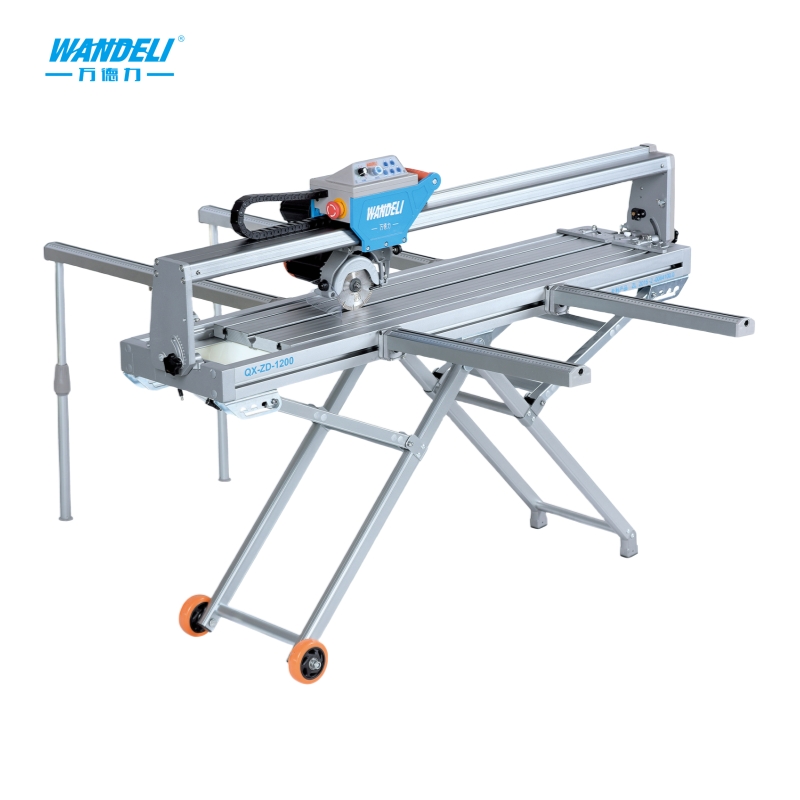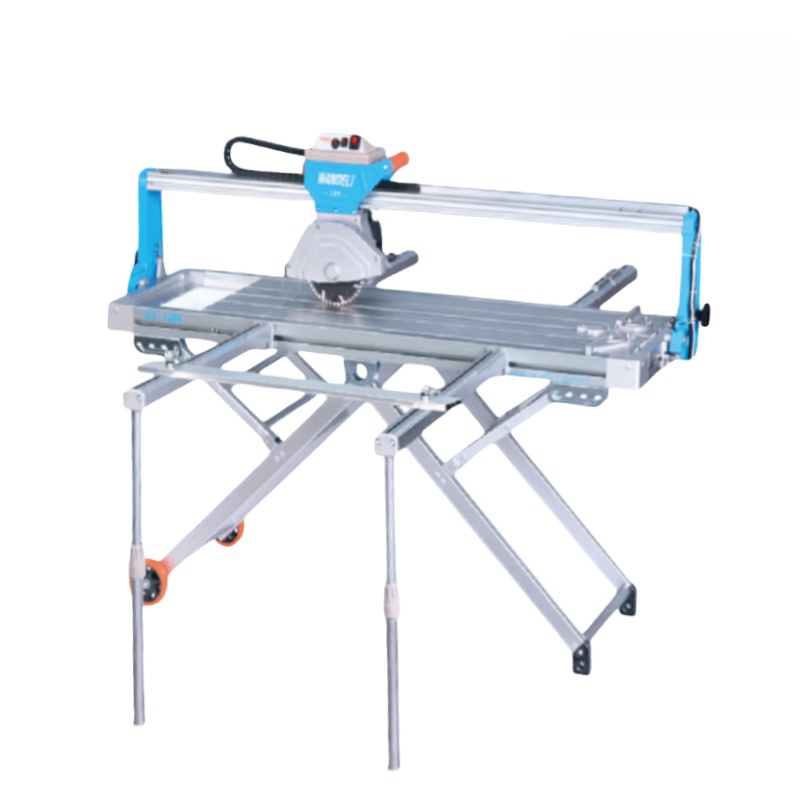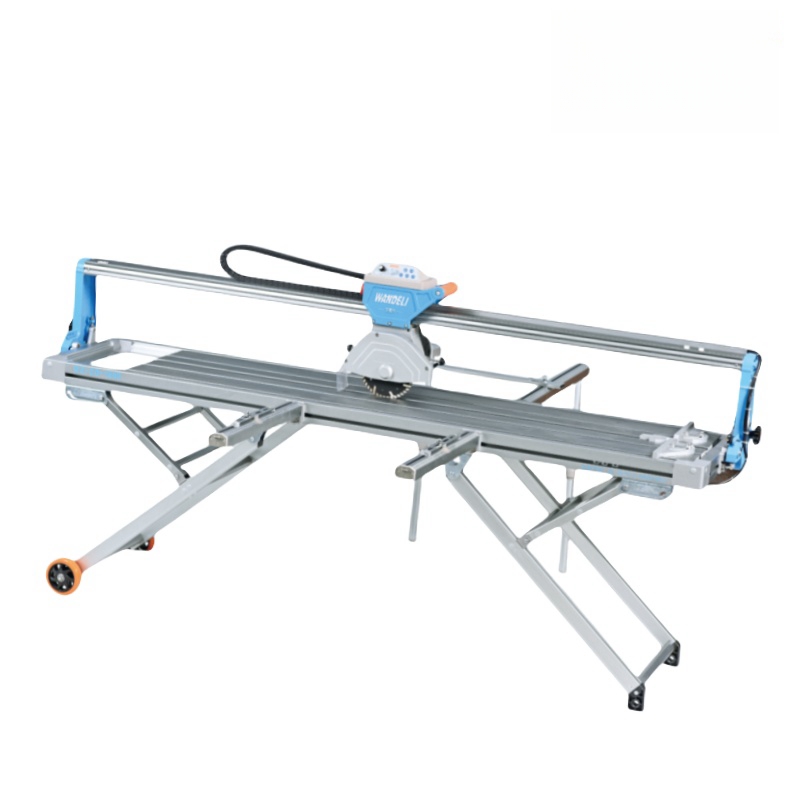Concrete pump trucks are vital equipment commonly used in construction projects, efficiently transporting concrete to job sites and enhancing construction efficiency. However, without proper maintenance and servicing, their lifespan can significantly shorten, severely impacting construction progress and quality. Therefore, the maintenance and servicing of concrete pump trucks are of paramount importance.
1. Daily Maintenance
(1) Hydraulic System Maintenance
The hydraulic system is a crucial driving force for concrete pump trucks. Daily maintenance should focus on the quality and level of hydraulic oil. Poor-quality oil can hinder the normal operation of the hydraulic system, while insufficient or excessive oil levels can also affect the truck's longevity. Additionally, monitor wear and damage to hydraulic piping; promptly replace pipes with cracks, deformations, or other defects.
(2) Electrical System Maintenance
The electrical system serves as both the control and an essential driving system for concrete pump trucks. Daily checks should include assessing wear and aging of electrical components, replacing faulty ones promptly. Ensure wiring connections are secure, and inspect cables for wear or damage, addressing any issues immediately.
(3) Mechanical System Maintenance
The mechanical system encompasses steering, braking, and transmission components. Daily checks should cover wear and aging of mechanical parts, replacing heavily worn components. Lubrication is also crucial; promptly add lubricant if insufficient or absent.
2. Regular Servicing
(1) Hydraulic System Servicing
Regularly replacing hydraulic oil is a vital step in hydraulic system maintenance. Typically, hydraulic oil should be changed every 6 months to 1 year, depending on usage. Also, replace filters periodically to maintain the hydraulic system's smooth operation.
(2) Electrical System Servicing
Regularly inspect electrical wiring and components for wear, repairing or replacing damaged items. Ensure proper grounding of power lines for electrical safety and reliability.
(3) Mechanical System Servicing
Regularly change engine oil and filters, typically every 3 to 6 months, to keep the mechanical system functioning optimally. Tighten loose mechanical components during routine inspections and adjustments to prevent failures.
3. Maintenance in Special Conditions
(1) Maintenance in Low Temperatures
When operating in cold temperatures, monitor hydraulic oil temperature and viscosity. Cold oil can disrupt hydraulic system functioning; use low-temperature hydraulic oil and preheat the hydraulic system to normal operating temperature.
(2) Maintenance in High Temperatures
In high temperatures, also monitor hydraulic oil temperature and viscosity. Overheated oil can cause hydraulic system malfunctions; use high-temperature hydraulic oil and regularly change oil and filters. Additionally, monitor mechanical component temperatures to prevent overheating.
In conclusion, proper maintenance and servicing are essential for the long-term stable operation of concrete pump trucks. Daily maintenance should encompass the hydraulic, electrical, and mechanical systems, while regular servicing ensures the equipment's continued normal function. In special conditions, particular attention should be paid to hydraulic oil temperature and viscosity, as well as mechanical component temperatures, to guarantee the truck's safety and reliability.
